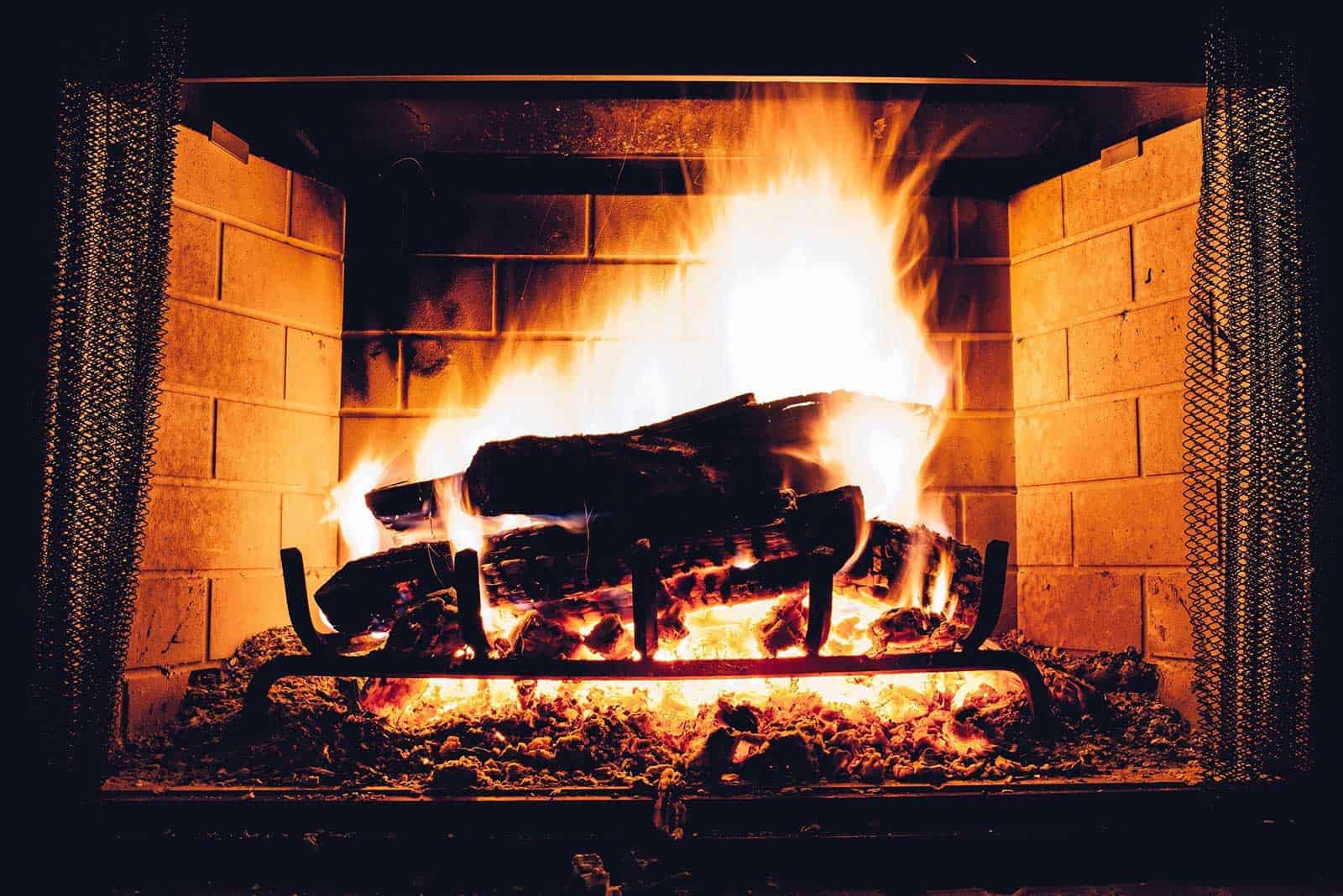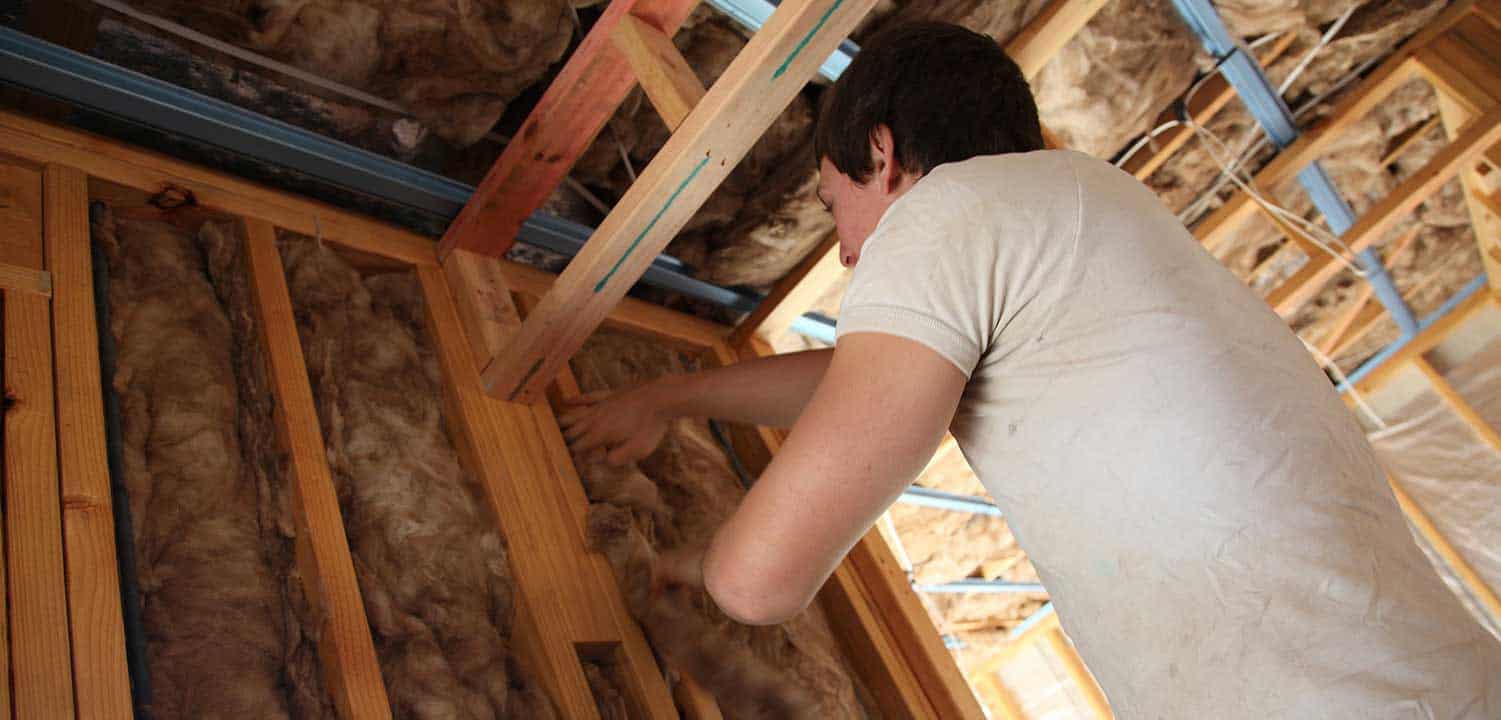As the deep winter approaches, homeowners begin to cringe at their upcoming electric or gas bills. Those freezing temperatures can wreak havoc on your finances and cost you hundred per month.
No matter where you are located, lowering your utility bills should be a priority for your household.
So what are the cheapest ways to heat your home and live cheaply? Hint: it’s not with space heaters! Let's find out.
Cheapest Way to Heat a House
1. Heat with Natural Gas
Heating your home with a gas furnace can be one of the cheapest ways to heat your home. Depending on your geography, natural gas prices can be some of the cheapest energy options available, making it an economical way to heat your home in the dead of winter. A gas furnace works by using a flame plus natural gas to spread heat throughout your home.
Another benefit of having gas is that it can be used for other appliances as well, lowering your utility bill beyond the money it saves heating your home. Hot water heaters and gas stove tops are great options to help you save money.
Looking for another benefit of using gas? Finally, if you strictly have all appliances running on electricity, this could cause issues in the case if a power outage. Having gas will allow you to heat your home without electricity, making it a great option for those facing powerful snow storms.
2. Heat with a Heat Pump
If you do not have the option of natural gas for your home, your next best choice is probably a heat pump. You can think of a heat pump as air conditioning in reverse. These heating systems take the heat outside and compresses it to make it warmer. While you might be thinking, “what heat is outside when it’s cold?”, it can take even the smallest amounts and compress it to make warm air.
When using a heat pump, you’ll notice that the air coming from your vents is not as warm as a gas furnace, but that doesn’t mean it’s not working. The air will be a few degrees warmer than the ambient air to heat your home.
There is one major drawback to a heat pump, however. If your home faces temperatures consistently below 30 degrees, it may not be able to keep your home warm. In this scenario, backup heat, in the form of auxiliary heat strips will be supplied.
Auxiliary heat strips are extremely inefficient. You can think of them as a large space heater for your entire home. Whenever your heat pump cannot keep up, or adjust the thermostat more than a few degrees the auxiliary heat will kick on to heat your home.
3. Automate your Heating
Home automation is the hottest trend (pun intended) in the market right now, and you should be taking advantage of it. Purchase a smart thermostat that can help you to automate your home heating and save money to drastically cut your expenses in no time.
You can set your thermostat to lower the temperature of the home when you’re not there or throughout the night. All of these little tweaks can add up, especially over the colder winter months saving you as much as a few hundred dollars per year.
Which smart thermostat is right for you?
There are many different options available based on your needs. For me, the loved the ease and user friendliness of the Nest Smart Learning Thermostat. It was simple to install and pairs easily with many smartphones and home automation devices.

4. Light the Fireplace
If you have a wood-burning fireplace, it’s time to break out the firewood and light a match. A wood-burning fireplace is very efficient given you have a supply of firewood. This can keep your whole home warm without the use of a costly furnace. Be sure to keep your fireplace and chimney well maintained to keep your home safe.
The downside of using wood to heat your home is two-fold. First, you'll need to have a consistent supply of wood to burn. Wood is not always cheap, either. However, if you have the wood available, it can be cost-effective.
The second drawback is the smell of a wood burning stove. It can cause your home (and everything inside) to smell. It doesn't end there, however. There is also the environmental impact to take into consideration. Breathing in smoke that is output can cause harm to your health. You'll need to invest in a wood burning stove that includes a catalytic converter to reduce emissions into your home.
5. Consider Geothermal Heating
If you're in the process of building a new home or want to invest in your home, you may way to consider using geothermal heat to keep your home warm in the dead of winter.
The way geothermal heat works is quite simple. It moves heat from one place to another. Pipes will be placed under the ground around your home where temperature remains constant year round. In the cooler months, it can transfer the heat from underground through the pipes and directly into your home.
While you might think geothermal heat must be extremely expensive, it's actually one of the cheapest ways to heat your home. While the initial investment might be pricey, the long-term return can be well worth it.
6. Use an Energy Efficient Space Heater
Space heaters can be massive energy sucks. You should only flip the switch when you absolutely need to. By opting for a newer, more energy-efficient model, you can save a couple of bucks per day depending on your usage.
Not only are these more efficient, but you can also opt to purchase one that has a thermostat built in to only turn on once the room reaches a certain temperature. This will yield additional savings on your utility bill.
7. Avoid Heating the Entire Home
Another trick to lower your home heating bill is to only heat rooms that you use. And this doesn’t mean closing the vents to rooms that you don’t use, instead, you could use the energy-efficient space heater we mentioned above in rooms that you use frequently. Then, lower your thermostat to 65 degrees or less for the rest of your home. This can save you hundreds per year AND extend the life of your HVAC unit.
8. Leave the Oven Open After Use
During the cold months, there’s nothing better than a hot, home-cooked meal. Whenever you decide to cook using the oven, leave it open after you’re done using it. All of that hot air can help to heat your home, even if it’s just a few degrees.
9. Pay your Bills with a Credit Card (Whenever There are No Fees)
Paying your electric or gas bill with a credit card can save you a few bucks a month. Just make sure that there are no offsetting fees when you do so. You can earn anywhere from 1-2% in cashback depending on your credit card.
Looking for a credit card with excellent cashback? Read our credit card reviews here!
10. Open your Shower Door
After taking a hot shower to start your morning, you probably shut the door after you leave and never think twice about it. Instead, leave your shower and bathroom door upon after leaving. There are multiple benefits to this. Not only does the hot water disperse heat, but also the added humidity will make your room feel warmer than it really is.
11. Use a Humidifier to Make Air Feel Warmer
During the winter, air tends to become drier and less humid. In turn, this will make your home feel cooler than it really is. Use an energy-efficient humidifier to help add moisture to the air. It will make your home feel warmer as well as keep your body healthy. Too dry of air can dry out your skin and cause other health problems.
12. Add Extra Insulation to your Home
Adding insulation to your home can keep that valuable heat trapped in your home for longer, meaning less time paying for a running furnace or heat pump. Check to ensure that your attic is properly insulated and for older homes, make sure that your exterior walls are insulated.
If you don't have enough insulation, it can be a worthwhile investment for the years to come.
13. Check Exterior Doors and Windows for Drafts
Your doors and windows are constantly exposed to the outdoors. Even the smallest of cracks or drafts can let the freezing air in your home, costing you money. Check your windows and doors to ensure you aren’t losing any valuable heat and if your windows are old enough, consider replacing them with newer, more insulated windows.
If you find any cracks or drafts under your doors, you can also use this door draft stopper that easily attaches to your door to prevent drafts.
14. Consider Adding a Solar Panel to Heat Home
Solar panels can be used to produce free electricity for your home and therefore used to heat it cost effectively. While the initial investment might be somewhat pricey, your savings can certainly add up over the years.
15. Check your Air Filter
A clogged air filter will not properly allow air to pass through it, putting stress on your HVAC unit and making it work harder. Ensure that your air filter is free of debris and replace it every 4-6 months to ensure maximum efficiency and clean air.
Air filters can be relatively cheap depending on your unit. It's common to find them for less than $50 for a multipack.
Final Thoughts on the Cheapest Way to Heat a Home
As we approach the deeper winter months, keeping your heating costs low should become a priority.
If you want to afford a home with a large salary, finding cheap ways to heat your home can be essential.
There are many things you can do to lower your heating costs from automating your thermostat to adding extra insulation to your home. These small adjustments can save you hundreds and even thousands over a few short years.
Want to go even further? Consider adding geothermal heat to your home to save money over time and keep the environment healthy.

Don't worry – we hate spam too. Unsubscribe at any time.


